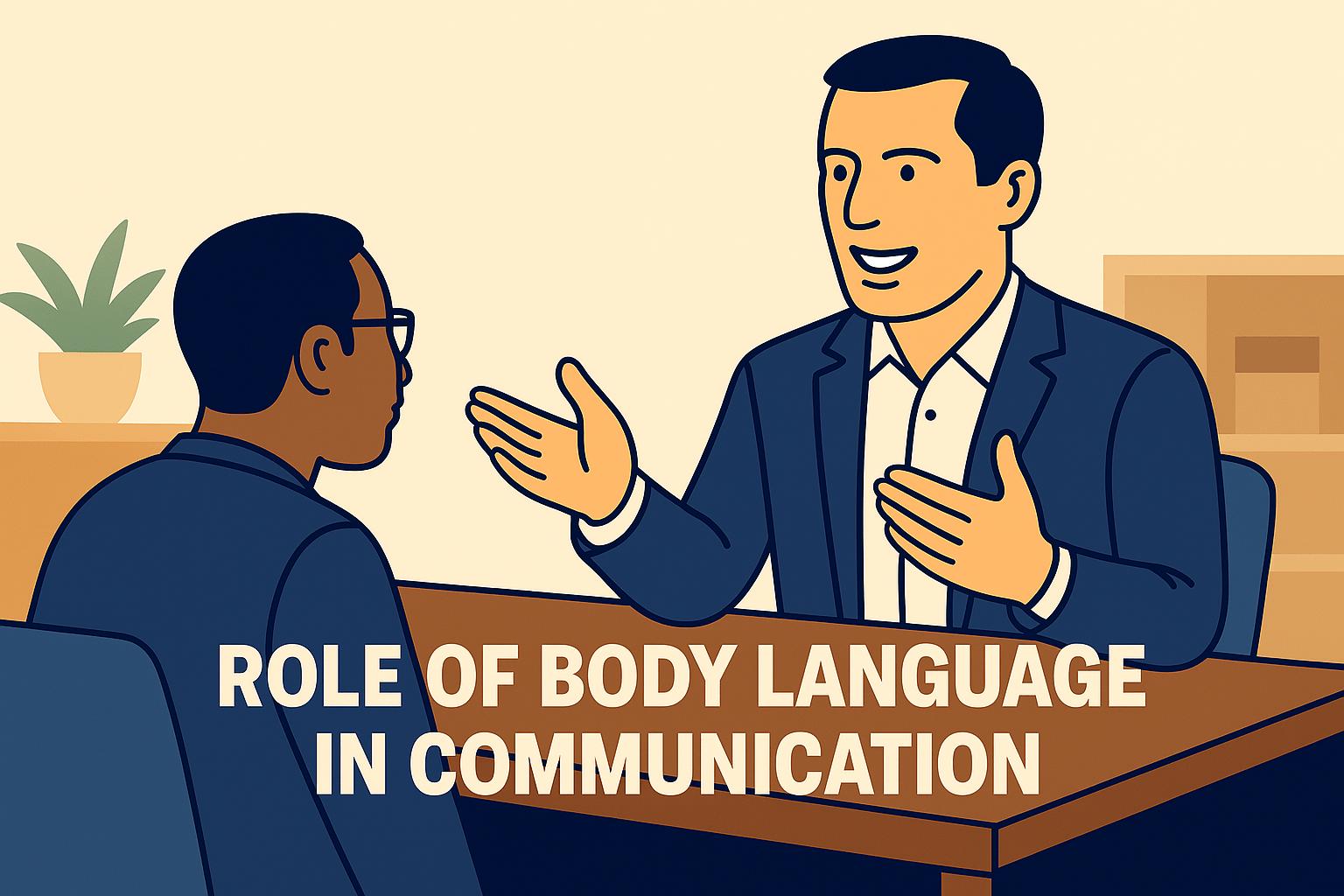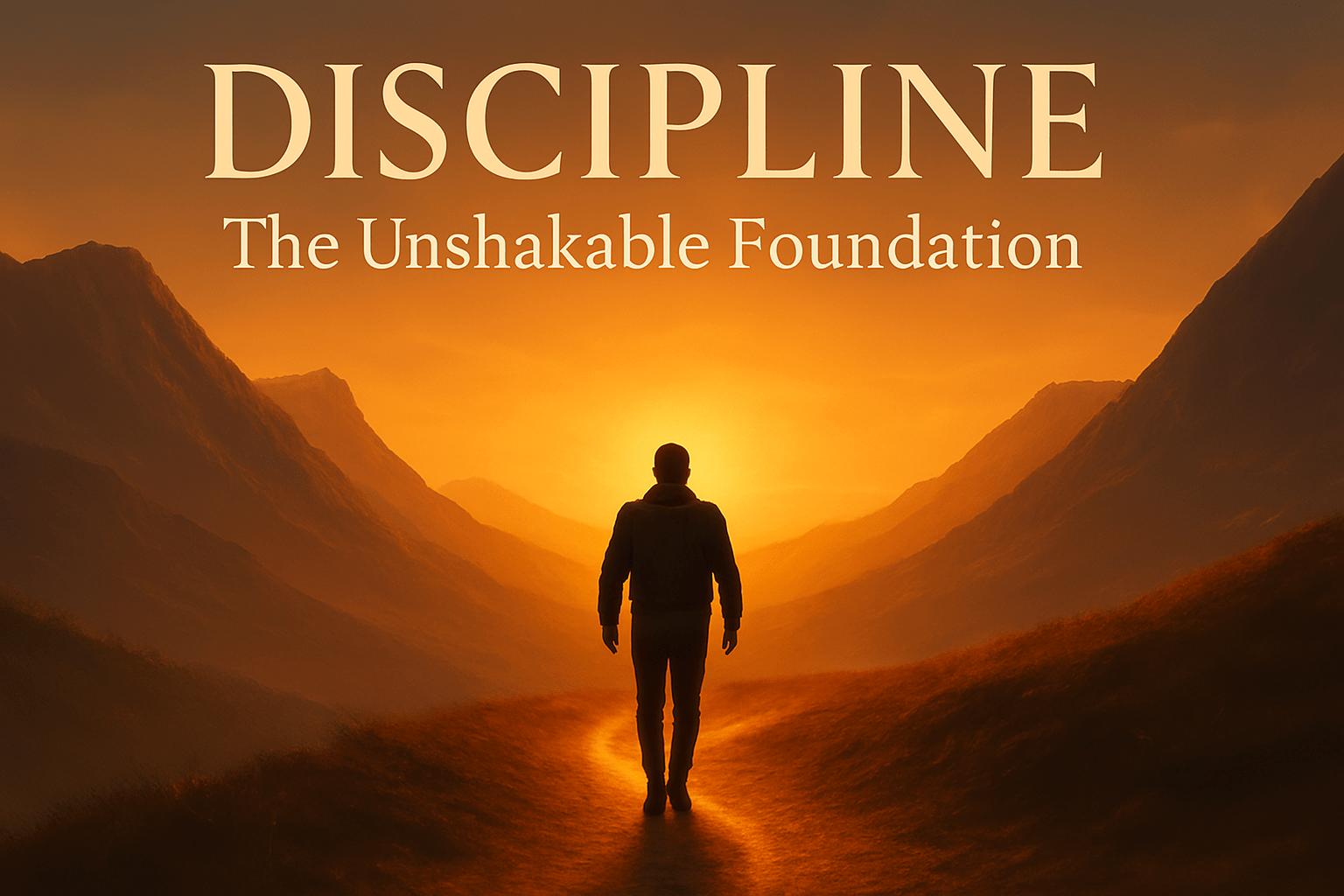Master Communication - Build Connection, Influence, and Lasting Impressions
Last updated on: July 13, 2025Communication is the bridge between individuals. It helps share ideas, express emotions, solve problems, and form relationships. However, communication mastery goes far beyond grammar and vocabulary. It involves emotional intelligence, empathy, timing, and the ability to deeply connect with others.
This article explores communication mastery in detail, breaking it into key skills with simple explanations, and real-life examples.
Understand the Real Purpose of Communication
Many people believe communication is only about expressing thoughts. But true communication is a two-way street. It is meant to:
- Connect emotionally – So others feel heard, seen, and respected
- Share ideas clearly – So there’s no confusion, or misunderstanding
- Influence positively – So trust is built, and changes happen naturally
Whether speaking to a friend, a co-worker, a stranger, or a crowd, these three goals remain constant. Good communication doesn’t just transfer information—it transforms relationships.
Step 1: Become a Master Listener
Listening is often underrated, but it’s the most powerful communication tool. Most people hear to reply, not to understand.
True listening involves:
- Full presence – Keeping the phone away, turning toward the speaker, and focusing
- Active interest – Asking follow-up questions like “What happened next?” or “How did that make you feel?”
- Non-verbal signals – Nodding, maintaining eye contact, and using expressions to show engagement
- Patience – Letting the person finish completely before responding
“If you want to be interesting, be interested.” – Dale Carnegie
When someone truly listens, the speaker feels respected, and valued. That alone can improve any relationship instantly.
Step 2: Speak with Warmth, Not Just Words
How something is said is often more important than what is said. Words are processed by the brain, but tone, facial expression, and emotion are felt by the heart.
Warmth can be shown by:
- Speaking with a calm, and gentle tone
- Smiling sincerely before starting to talk
- Using a friendly opening like “I’m really glad you brought this up”
- Avoiding sarcasm, harshness, or overly formal language in casual conversations
For example:
- Cold: “What do you want now?”
- Warm: “Hey! What’s up? Need something?”
People respond better to warmth because it feels safe, and comforting.
Step 3: Use People’s Names and Recall Details
Names are personal. Using someone’s name in conversation gives a feeling of recognition.
Instead of: “Hi, can you help me with this?” Try: “Hi Meena, could you help me with this?”
Small details also matter. If someone told you last week that their dog was sick, asking “How’s Bruno doing now?” makes them feel remembered, and valued.
These small habits build deeper bonds over time, and make conversations feel less robotic, and more human.
Step 4: Ask Engaging and Open-Ended Questions
Great communicators don’t talk all the time—they ask great questions that draw others out.
Avoid dull, yes/no questions like:
- “Did you like it?”
- “Are you working?”
Instead, ask open-ended questions like:
- “What did you enjoy most about that event?”
- “How did you decide to pursue that field?”
- “What’s keeping you excited these days?”
People love talking about themselves. Asking questions shows interest, and makes conversations flow naturally.
Step 5: Use the Power of Mirroring
Mirroring is the technique of subtly matching someone’s body language, tone, or pace. When done naturally, it creates a feeling of similarity, which leads to trust.
Examples:
- If the other person leans forward while speaking, lean slightly forward too
- If they are calm and slow, match their pace instead of rushing
- If they use certain words often (e.g., “honestly”), reflect that language once or twice
This doesn’t mean copying or mimicking. It means aligning with their rhythm, making them feel understood at a deeper level.
Step 6: Replace Facts with Relatable Stories
Facts are forgotten. Stories are remembered.
Instead of saying: “I worked on a team project last year.” Say: “There was this one team project where we almost gave up midway. But then we divided tasks based on our strengths, and everything started to flow. That taught me the power of teamwork.”
Storytelling:
- Makes your point more human
- Helps others visualize the message
- Builds emotional connection
- Makes conversations more enjoyable
The best stories are short, real, and emotional.
Step 7: Give More Appreciation, Less Criticism
Criticism shuts people down. Appreciation lifts them up.
Example of criticism: “You never help with anything.”
Improved version: “I really appreciate it when you help. It makes things so much easier.”
Instead of attacking people’s character, focus on their behavior, and express your needs kindly.
Honest compliments are even more powerful. Say things like:
- “You explain things so clearly.”
- “You handled that situation so gracefully.”
- “You always bring positive energy.”
As Dale Carnegie emphasized, appreciation must be genuine—not flattery. People can sense the difference.
Step 8: Pay Attention to Non-Verbal Cues
Non-verbal communication includes:
- Posture – Open posture shows confidence, and interest
- Eye contact – Balanced eye contact builds connection
- Facial expression – Reflect emotions naturally (smile, concern, curiosity)
- Gestures – Use hands to emphasize points, but avoid excessive movement
- Distance – Respect personal space to keep others comfortable
If your body says “I’m bored” while your mouth says “I’m interested,” people trust your body more. Make sure your non-verbal language matches your words.
Step 9: Learn to Navigate Conflict Calmly
Conflicts are unavoidable, but they don’t have to damage relationships.
To handle conflict like a communication master:
- Stay calm—don’t raise your voice or get defensive
- Focus on solving, not blaming
- Use “I feel” statements instead of accusations
- Listen to their side fully before responding
- Pause when emotions get intense
Instead of saying: “You’re always late and irresponsible!” Try: “When things run late, I feel stressed and unprepared. Can we plan better next time?”
It’s not about “winning” the argument. It’s about preserving the relationship, while solving the issue.
Step 10: Reflect, Improve and Keep Practicing
Communication is not a one-time skill—it’s a lifelong habit.
Ways to improve:
- Watch TED Talks or interviews of skilled communicators
- Reflect after social interactions: What worked? What didn’t?
- Read books, listen to podcasts, or take courses on emotional intelligence and conversation
- Record your voice or videos to self-analyze tone, clarity, and delivery
- Surround yourself with people who communicate well
Every conversation is a chance to grow.
Key Takeaways
- Great communication is about creating emotional connection, not just delivering information.
- Deep listening—with full presence and interest—makes others feel truly seen and valued.
- Warmth in tone, body language, and expression builds trust faster than polished words.
- Using names, recalling personal details, and asking thoughtful questions deepens relationships.
- Relatable stories leave lasting impact—far more than dry facts or statements.
- Conflict is best handled with calmness, empathy, and solution-focused language.
- Master communicators reflect often, practice consistently, and speak to connect—not to impress.
Final Thoughts: The Core of Communication Is Connection
At the core of great communication is respect, empathy, and warmth. People don’t remember exact words, but they always remember how they felt after talking to someone.
Those who master communication are not the loudest, smartest, or most talkative—they are the ones who:
- Listen deeply
- Speak kindly
- Show interest
- Offer encouragement
- Express clearly
- Handle tension wisely
Mastering communication means mastering connection. And that, in any area of life, is a superpower.
Frequently Asked Questions
a) What’s the real goal of communication?
To emotionally connect, share ideas clearly, and influence positively—not just to speak or be understood.
b) Why is listening considered the most powerful communication skill?
Because when someone feels truly heard and understood, trust deepens instantly. Listening builds emotional safety and stronger relationships.
c) How does tone and body language affect communication?
Tone and non-verbal cues carry emotional weight. A warm tone and open body language can soften even difficult conversations and make words more effective.
d) How can I instantly improve everyday conversations?
Use people’s names, remember small details they share, ask engaging open-ended questions, and avoid interrupting or rushing responses.
e) What is “mirroring” and how does it help?
Mirroring means subtly matching someone’s posture, tone, or pace. It builds trust and subconscious connection, making the other person feel more comfortable.
f) Why should I tell stories instead of just sharing facts?
Stories make communication human, emotional, and memorable. They help people connect to your message and feel the experience behind your words.
g) How should I handle conflict in a calm and effective way?
Avoid blaming. Use “I feel” statements, stay calm, listen fully, and aim to solve the problem without damaging the relationship.
h) What’s one simple habit to grow as a communicator?
Reflect after conversations - What worked? What didn’t? Practice with purpose, and treat each conversation as a chance to improve.


